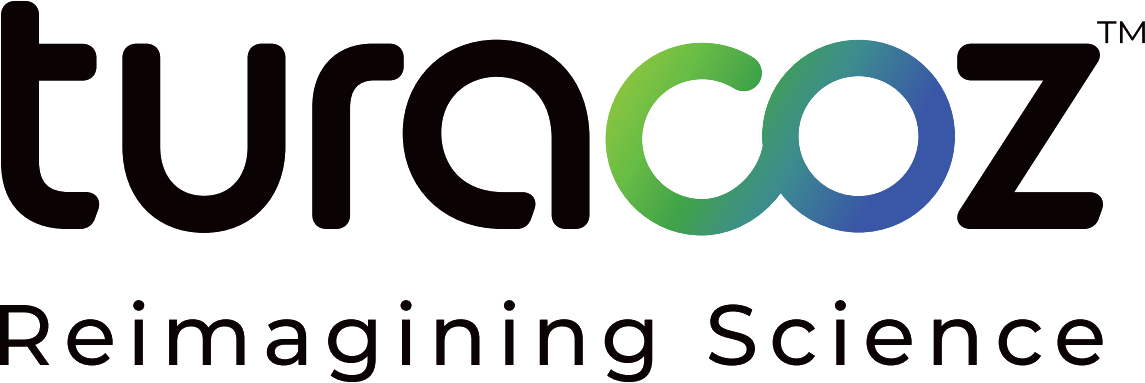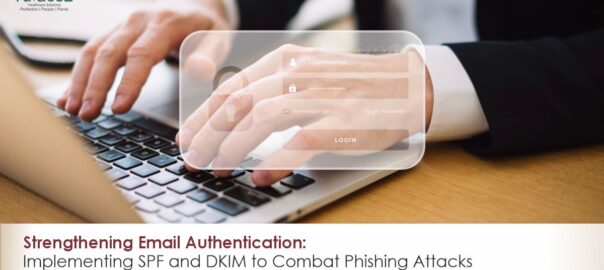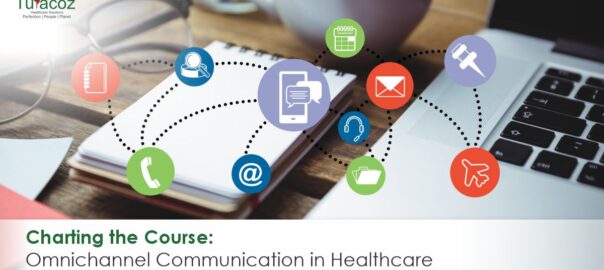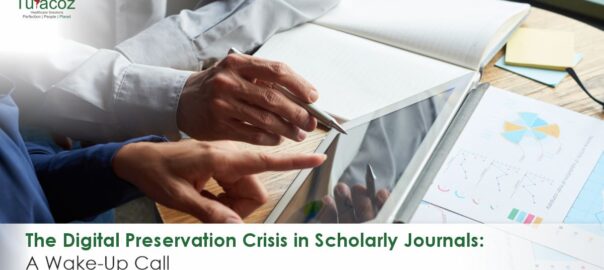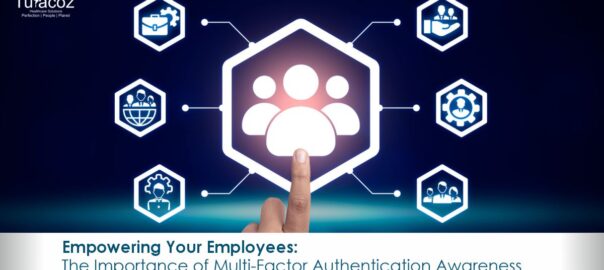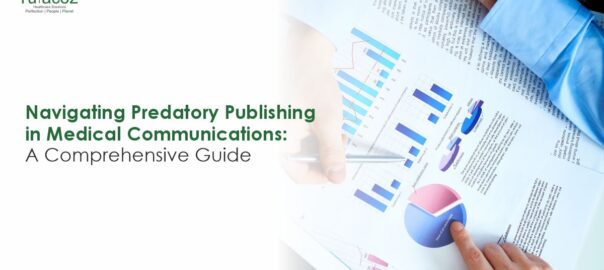The academic publishing industry, medical and scientific communication services have been hit with the dark reality of the humongous number of paper retractions. Over 10,000 research papers were retracted in 2023 alone. This staggering number prompts important questions about the integrity of the scientific process and the measures in place to safeguard the credibility of published works.
Retractions, the formal withdrawal of a research paper from a scholarly journal, are a necessary evil in the pursuit of scientific truth. They serve as a corrective measure when significant errors, misconduct, or ethical breaches are uncovered, ensuring that flawed or unreliable findings are removed from the body of knowledge. However, the unprecedented surge in retractions witnessed in 2023 has cast doubt on research integrity amongst the scientific community.
The Retraction Watch database, a meticulous chronicler of such incidents, has sounded the alarm bells. Their data reveals a startling upward trend in paper retractions for various reasons. This alarming spike has sparked intense scrutiny as researchers, institutions, and publishers grapple with the implications of this crisis. While retractions can occur for a multitude of reasons, ranging from honest errors to outright fraud, the sheer volume of withdrawals in 2023 demands a closer examination of the underlying causes. Some experts attribute this surge to heightened vigilance and improved detection methods, while others point to increased pressure to publish and the lure of academic accolades as potential catalysts for unethical practices.
Click Here:- Revolutionizing Medical Writing with AI and Automation
The bulk of 2023’s retractions were from journals owned by Hindawi, a London-based subsidiary of the publisher Wiley (see ‘A bumper year for retractions’). So far this year, Hindawi journals have retracted more than 8,000 articles, citing factors such as “concerns that the peer review process has been compromized” and “systematic manipulation of the publication and peer-review process”, after investigations prompted by internal editors and research-integrity sleuths who raised questions about incoherent text and irrelevant references in thousands of papers. Most of the Hindawi retractions are from special issues: collections of articles that are often overseen by guest editors and that have become notorious for being exploited by scammers to rapidly publish low-quality papers.
Furthermore, the renowned multidisciplinary journal “Nature”, long considered a bastion of scientific excellence, has found itself at the forefront of this crisis, with a staggering 1,237 retractions in 2023 alone. This esteemed publication is renowned for its stringent editorial standards and rigorous peer review processes. This startling figure has sent shockwaves through the academic community, prompting calls for greater transparency and rigorous peer-review processes. Similarly, the prestigious medical journal “The Lancet”, has faced its share of retractions, with 987 papers withdrawn over the year. The implications of such retractions in the field of medicine are particularly grave, as they can potentially compromize patient safety and undermine public trust in scientific findings.
Other journals that have grappled with significant retraction rates include the Journal of Biological Chemistry, with 842 retractions, and the multidisciplinary powerhouse Science, which saw 712 papers withdrawn during this tumultuous period.
While the reasons behind these retractions vary, ranging from data fabrication and plagiarism to ethical violations and computational errors, the common thread is a breach of the fundamental principles of scientific integrity. Implementing robust measures to prevent such lapses from occurring in the future is therefore the need of the hour.
One of the proposed solutions lies in the adoption of more rigorous peer-review processes, which scrutinize research findings and methodologies before publication. Additionally, there have been calls for greater transparency and data-sharing practices, allowing for independent verification and replication of studies. Institutions are also being urged to prioritize ethical training and foster an environment that values integrity over the pursuit of accolades at any cost.
Click Here:- Charting the Course: Omnichannel Communication in Healthcare
However, some experts caution against oversimplifying the issue or adopting a one-size-fits-all approach. They argue that retractions can also result from genuine mistakes or evolving scientific understanding and that a certain level of retraction is not only inevitable but also indicative of a self-correcting system. The challenge lies in striking a delicate balance between maintaining high standards of academic integrity and fostering an environment that encourages scientific exploration and innovation.
Moreover, there is a pressing need to address the systemic pressures that may inadvertently incentivize unethical practices, such as the relentless pursuit of academic accolades and the “publish or perish” mentality that pervades many institutions. By recognizing and addressing these underlying factors, the academic community can begin to rebuild trust and ensure that the pursuit of knowledge remains grounded in unwavering integrity.
We at “Turacoz Healthcare Solutions” are committed to ensure that a medical document which leaves our desk is of highquality, free of errors and plagiarism, upholding research integrity at all times.
Stay tuned for our blog next week, where we discuss the steps that are being put in place by the publishing industry to counter the menace of sham research papers.
